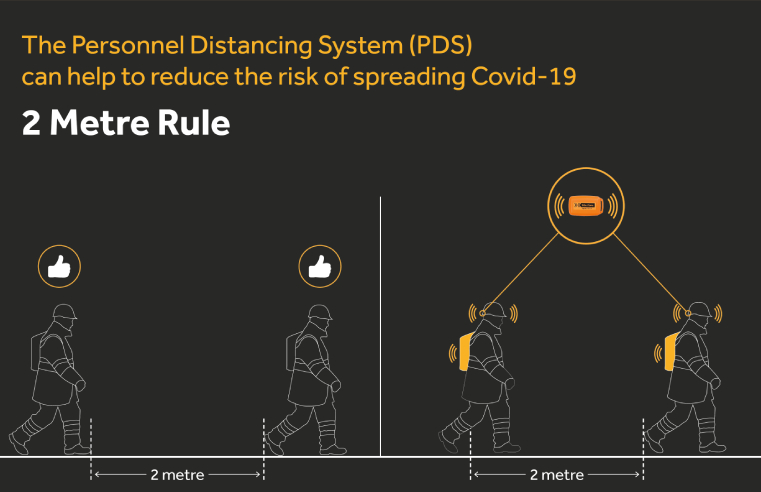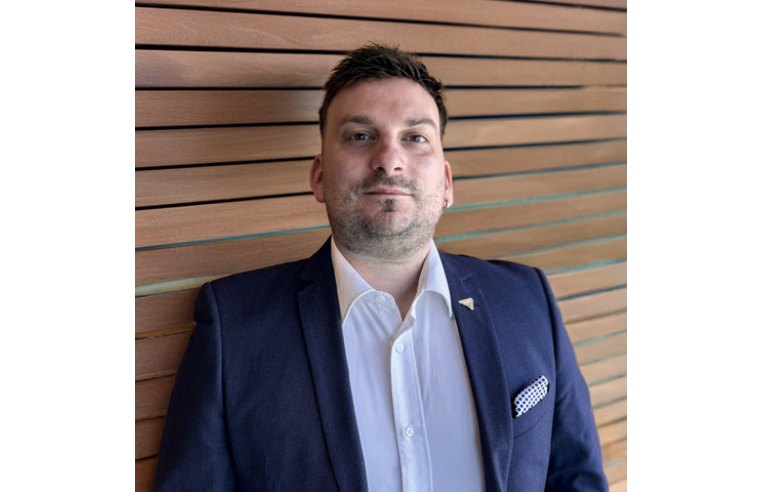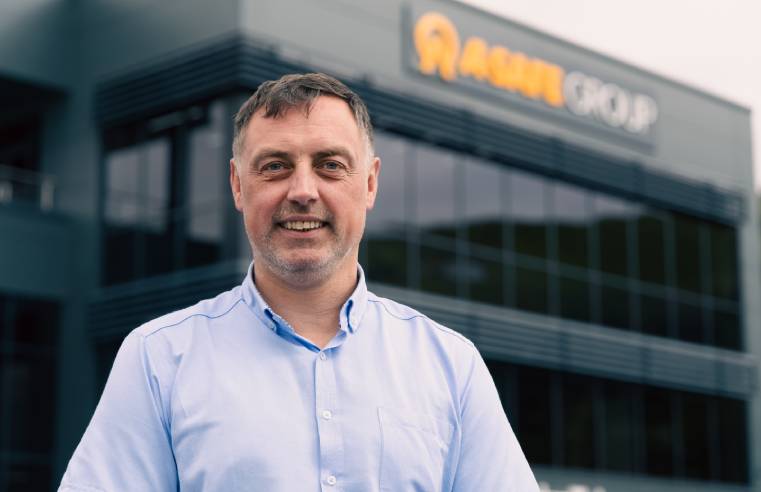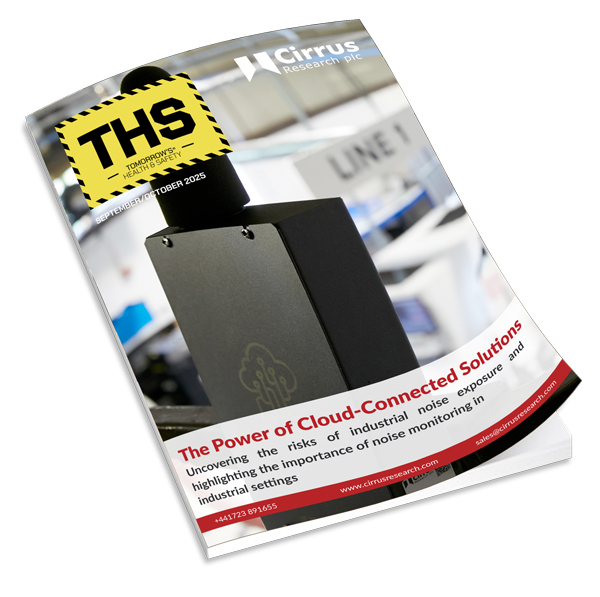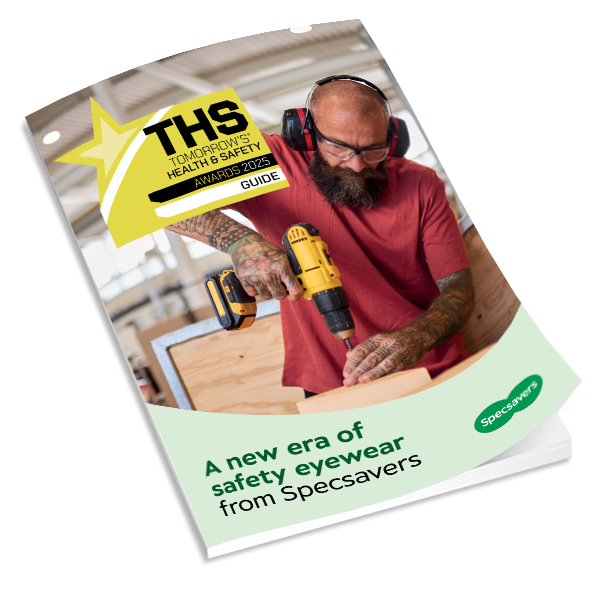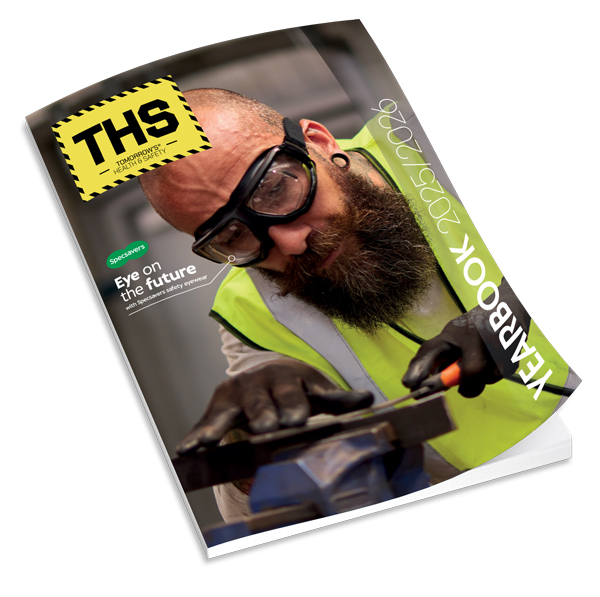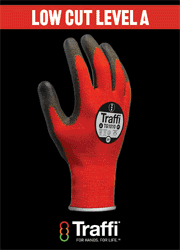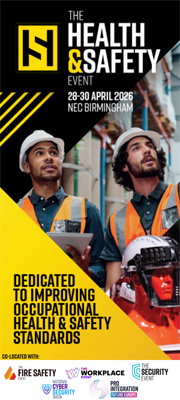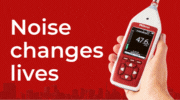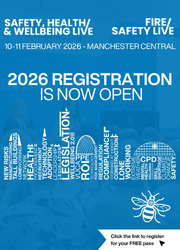Gary Escott, co-founder of SiteZone Safety illustrates why investing the time and effort in developing adaptable safety technology can become an invaluable resource.
Technology can bridge the safety gaps that conventional methods can’t. It can help to instil a sense of added security in high-risk work environments, change behaviours and save lives.
When we introduced the SiteZone proximity warning system (PWS), the fundamental intention was to stop workers from being run over at work by plant vehicles. We realised that that depending on how we developed our technology, it could be adapted to mitigate several types of collision risk with optimal efficiency in various working environments.
We never thought however, that one day we would be using it to enforce occupational social distancing during the largest global pandemic for decades.
Necessity is the mother of invention
Proximity warning systems like ours, are extremely efficient. However, without evolution, technology stands still. We identified scope for further enhancements on our core system, to the benefit of many clients
During the COVID-19 pandemic, we have seen the power of and demand for adaptable technologies. People have had to change behaviours, mindsets, and their way of working. We must, above all, prioritise safety, as a citizen and especially if we are key workers.
Companies changed their remits to provide much-needed equipment, like ventilators and PPE – from masks to scrubs. We at SiteZone were not omitted, as we were asked to modify our proximity warning technology to create wearable personnel distancing systems (PDS) to help maintain 2-metre social distancing for construction workers. We did it, and we helped to make a difference.
Speaking for SiteZone, our design of the PDS was only possible because we constantly explore the flexibility of our core technology. Based on client feedback, our basic concept has evolved into a varied suite of safety tools including: the UK’s first wireless proximity warning system that could be installed in minutes; the ‘smart’ option that automatically authorises safe approach to a plant vehicle. And now the same technology has inspired our wearable Personnel Distancing System.
Technology must be relevant – change is necessary
The safety capability of our offering has extended where most needed: targeted, useful but most of all, relevant and that’s thanks in great part to designing our products with evolution in mind.
“We’ve always done it this way” has rung the death knell of many ventures. In some industries, that approach works well, if an artisanal product depends on a specific technique. However, when it comes to practical applications and methodologies in health and safety, there’s always scope for improvement; lives depend on it. Without embracing technology old habits can cause severe injury and even death.
Our technological developments become more efficient if they are purposeful; performance is enhanced, as are existing safety protocols.
However, it does mean changing certain practices, getting employee buy-in, and adapting to a new safety system. All too often we hear “why do we need this?” But then after some use, the answer becomes clear, as injury incidents drastically reduce.
In the COVID-19 scenario however, such acceptance and change has been compelled, but the same end result is much desired – safety and preservation of life. To safeguard our health and safety standards in the UK, even without the presence of COVID-19, it’s important that we explore every way that we can reduce the high occupational injury statistics. Employee safety must be a core consideration that commands the attention and resolution it deserves. Our collective prosperity and integrity count on it. And now more than ever, our lives count on it.






